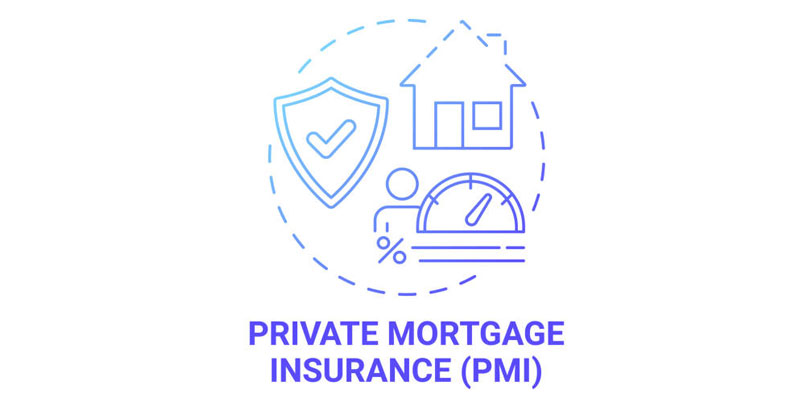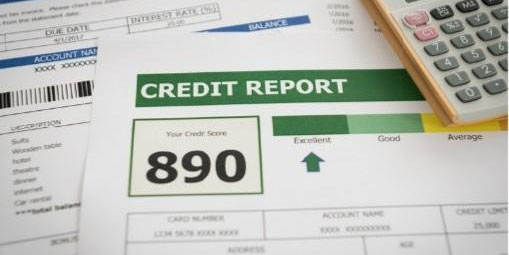The phrase "banknote" in the United States refers to the central bank's negotiable promissory note. It is a legal currency used to pay for goods and services. Bills and notes are also common terms for these legal currencies. The bearer can pay this sum without interest if the banknote is shown.
How Do Banknotes Work?
Individuals utilised precious items like gold and silver to pay for products and services before the establishment of modern society and financial institutions. Paper money and coins eventually took the role of these actual goods as a symbol of cash. As a result, precious metals supported new currencies to ensure their legitimacy.
Banknotes are now exclusively backed by the government. The Federal Reserve Bank is the sole bank in the United States that may issue banknotes and manufacture money. Previously, commercial banks were able to produce banknotes.
Paper money produced by the United States government could formerly be exchanged for gold or silver by citizens of the United States. In this two-metal standard system, paper money was backed by gold or silver coins.
History of Banknote

As far back as the 7th-century Tang dynasty, paper money was first introduced to China. Paper money, known as "jiaozi", was first utilised during the Song dynasty in the 11th century. The paper currency began to be used more widely. In the 13th century, European travellers like William of Rubruck and Marco Polo brought the notion of paper currency to Europe.
The Bank of England introduced a permanent issuance of banknotes in 1695, but the federal government in the United States did not begin printing banknotes until 1862. Money was first printed using precious metals like gold and silver, issued by banks.
Example
Different kinds of banknotes are made for different reasons. There are a few legitimate tenders, but most are only prototypes. Plaque-proof banknotes, educational notes and replica banknotes are just a few examples. A small number of sample notes are created and distributed to central banks worldwide to aid in identifying foreign currencies. To prevent it from being used as legal currency, specimen notes typically have the word "SPECIMEN" written across their faces.
Is a Banknote Necessary?
If you wish to pay for products and services in nations like the United States, where banknotes are the legal tender, the answer is a resounding yes. However, you may no longer need to carry real money owing to debit and credit cards. You'll need to back up your capacity to utilise a different payment method, such as a credit card, with proof of your bank account amount.
Banknote vs Currency Note: What's The Difference?

A negotiable promissory note guaranteed by the central government and issued by the country's central bank is known as a banknote. However, the currency note is a sort of money issued by the country's central bank. Economic transactions take place on both these currency notes. Because of this, the words are interchangeable.
Banknote Benefits
Among the banknote's many benefits are the following: Because the currency's value is readily visible on the front of the coin, transactions go more smoothly. Across the globe, banknotes are widely accepted as a form of payment. Paper currency is a more convenient value storage type than other tangible assets.
Gold held in banknotes, for example, will have a significantly lower value than the genuine asset. Modern banknotes are reasonably secure legal currency because of their robust security mechanisms. Every note has a variety of security measures in place to prevent its counterfeiting or duplication. Features are constantly updated to confirm the product's authenticity and to dissuade counterfeiters.
Banknotes' Drawbacks
The following are some of the banknote's biggest drawbacks: Because banknotes are composed of paper, they are prone to becoming soiled or ripped, which can cause them to lose all of their previous monetary worth. Counterfeit money, which is an identical copy of the actual currency but without legal sanction, is always a threat to holders of banknotes.
False money has no intrinsic worth and should be avoided at all costs. There is a risk of hyperinflation if more banknotes are printed and distributed. Hyperinflation will ensue if more notes are printed without an increase in production. As a result, the currency's value will plummet.
Conclusion
To summarise, banknotes are pieces of paper that the central banks print and represent the country's legal money. This sort of promissory note has no interest attached to it, and the bearer of the note is obligated to pay the stated amount on demand. The risk of counterfeit cash remains a big worry, notwithstanding the simplicity of the transaction and its role as the means of exchange.




